
All Car Wallpapers Free Wallpaper Pics Pictures Hd for Desktop Iphone Mobile HD 1080p
All Car Wallpapers Definition
Source (google.com.pk)In 1828, Ányos Jedlik, a Hungarian who invented an early type of electric motor, created a tiny model car powered by his new motor. In 1834, Vermont blacksmith Thomas Davenport, the inventor of the first American DC electrical motor, installed his motor in a small model car, which he operated on a short circular electrified track. In 1835, Professor Sibrandus Stratingh of Groningen, the Netherlands and his assistant Christopher Becker created a small-scale electrical car, powered by non-rechargeable primary cells. In 1838, Scotsman Robert Davidson built an electric locomotive that attained a speed of 4 miles per hour (6 km/h). In England, a patent was granted in 1840 for the use of rail tracks as conductors of electric current, and similar American patents were issued to Lilley and Colten in 1847. Between 1832 and 1839 (the exact year is uncertain), Robert Anderson of Scotland invented the first crude electric carriage, powered by non-rechargeable primary cells.
1885-built Benz Patent Motorwagen, the first car to go into production with an internal combustion engine
The second Mrcus car of 1888 at the Technical Museum in Vienna
Early attempts at making and using internal combustion engines were hampered by the lack of suitable fuels, particularly liquids, therefore the earliest engines used gas mixtures.
Early experimenters used gases. In 1806, Swiss engineer François Isaac de Rivaz who built an engine powered by internal combustion of a hydrogen and oxygen mixture. In 1826, Englishman Samuel Brown who tested his hydrogen-fuelled internal combustion engine by using it to propel a vehicle up Shooter's Hill in south-east London. Belgian-born Etienne Lenoir's Hippomobile with a hydrogen-gas-fuelled one-cylinder internal combustion engine made a test drive from Paris to Joinville-le-Pont in 1860, covering some nine kilometres in about three hours.[14] A later version was propelled by coal gas. A Delamare-Deboutteville vehicle was patented and trialled in 1884.
About 1870, in Vienna, Austria (then the Austro-Hungarian Empire), inventor Siegfried Marcus put a liquid-fuelled internal combustion engine on a simple handcart which made him the first man to propel a vehicle by means of gasoline. Today, this car is known as "the first Marcus car". In 1883, Marcus secured a German patent for a low-voltage ignition system of the magneto type; this was his only automotive patent. This design was used for all further engines, and the four-seat "second Marcus car" of 1888/89. This ignition, in conjunction with the "rotating-brush carburetor", made the second car's design very innovative.
It is generally acknowledged that the first really practical automobiles with petrol/gasoline-powered internal combustion engines were completed almost simultaneously by several German inventors working independently: Karl Benz built his first automobile in 1885 in Mannheim. Benz was granted a patent for his automobile on 29 January 1886, and began the first production of automobiles in 1888, after Bertha Benz, his wife, had proved - with the first long-distance trip in August 1888, from Mannheim to Pforzheim and back - that the horseless coach was absolutely suitable for daily use. Since 2008 a Bertha Benz Memorial Route commemorates this event.
Soon after, Gottlieb Daimler and Wilhelm Maybach in Stuttgart in 1889 designed a vehicle from scratch to be an automobile, rather than a horse-drawn carriage fitted with an engine. They also are usually credited with invention of the first motorcycle in 1886, but Italy's Enrico Bernardi of the University of Padua, in 1882, patented a 0.024 horsepower (17.9 W) 122 cc (7.4 cu in) one-cylinder petrol motor, fitting it into his son's tricycle, making it at least a candidate for the first automobile, and first motorcycle;. Bernardi enlarged the tricycle in 1892 to carry two adults.
One of the first four-wheeled petrol-driven automobiles in Britain was built in Birmingham in 1895 by Frederick William Lanchester, who also patented the disc brake; and the first electric starter was installed on an Arnold, an adaptation of the Benz Velo, built between 1895 and 1898.
George F. Foss of Sherbrooke, Quebec built a single-cylinder gasoline car in 1896 which he drove for 4 years, ignoring city officials' warnings of arrest for his "mad antics."
In all the turmoil, many early pioneers are nearly forgotten. In 1891, John William Lambert built a three-wheeler in Ohio City, Ohio, which was destroyed in a fire the same year, while Henry Nadig constructed a four-wheeler in Allentown, Pennsylvania. It is likely they were not the only ones.
All Car Wallpapers Free Wallpaper Pics Pictures Hd for Desktop Iphone Mobile HD 1080p
All Car Wallpapers Free Wallpaper Pics Pictures Hd for Desktop Iphone Mobile HD 1080p
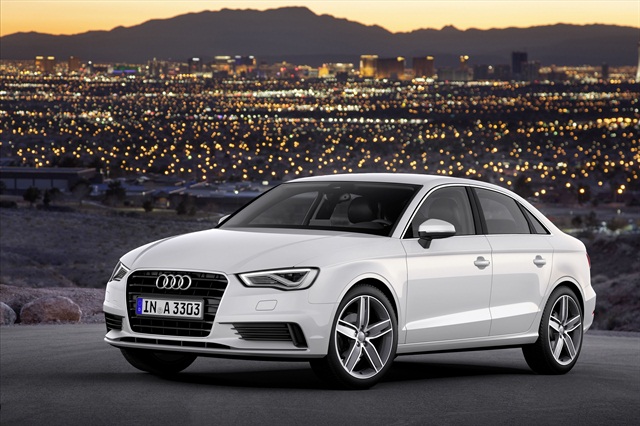
All Car Wallpapers Free Wallpaper Pics Pictures Hd for Desktop Iphone Mobile HD 1080p

All Car Wallpapers Free Wallpaper Pics Pictures Hd for Desktop Iphone Mobile HD 1080p

All Car Wallpapers Free Wallpaper Pics Pictures Hd for Desktop Iphone Mobile HD 1080p

All Car Wallpapers Free Wallpaper Pics Pictures Hd for Desktop Iphone Mobile HD 1080p

All Car Wallpapers Free Wallpaper Pics Pictures Hd for Desktop Iphone Mobile HD 1080p

All Car Wallpapers Free Wallpaper Pics Pictures Hd for Desktop Iphone Mobile HD 1080p

All Car Wallpapers Free Wallpaper Pics Pictures Hd for Desktop Iphone Mobile HD 1080p

All Car Wallpapers Free Wallpaper Pics Pictures Hd for Desktop Iphone Mobile HD 1080p

All Car Wallpapers Free Wallpaper Pics Pictures Hd for Desktop Iphone Mobile HD 1080p
Girls and Cars Wallpaper Free Wallpaper Pics Pictures Hd for Desktop Iphone Mobile HD 1080p
Girls and Cars Wallpaper Definition
Source (google.com.pk)Steam-powered self-propelled vehicles large enough to transport people and cargo were first devised in the late 18th century. Nicolas-Joseph Cugnot demonstrated his fardier à vapeur ("steam dray"), an experimental steam-driven artillery tractor, in 1770 and 1771. As Cugnot's design proved to be impractical, his invention was not developed in his native France. The centre of innovation shifted to Great Britain. By 1784, William Murdoch had built a working model of a steam carriage in Redruth, and in 1801 Richard Trevithick was running a full-sized vehicle on the road in Camborne.[4] Such vehicles were in vogue for a time, and over the next decades such innovations as hand brakes, multi-speed transmissions, and better steering developed. Some were commercially successful in providing mass transit, until a backlash against these large speedy vehicles resulted in the passage of the Locomotive Act (1865), which required self-propelled vehicles on public roads in the United Kingdom to be preceded by a man on foot waving a red flag and blowing a horn. This effectively killed road auto development in the UK for most of the rest of the 19th century; inventors and engineers shifted their efforts to improvements in railway locomotives. (The law was not repealed until 1896, although the need for the red flag was removed in 1878.)
Among other efforts, in 1815, a professor at Prague Polytechnic, Josef Bozek, built an oil-fired steam car. Walter Hancock, builder and operator of London steam buses, in 1838 built a four-seat steam phaeton.:In 1867, Canadian jeweller Henry Seth Taylor demonstrated his 4-wheeled "steam buggy" at the Stanstead Fair in Stanstead, Quebec, and again the following year.[6] The basis of the buggy, which he began building in 1865, was a high-wheeled carriage with bracing to support a two-cylinder steam engine mounted on the floor.What some people define as the first "real" automobile was produced by French Amédée Bollée in 1873, who built self-propelled steam road vehicles to transport groups of passengers.
The American George B. Selden filed for a patent on May 8, 1879. His application included not only the engine but its use in a 4-wheeled car. Selden filed a series of amendments to his application which stretched out the legal process, resulting in a delay of 16 years before the US 549160 was granted on November 5, 1895.
Karl Benz, the inventor of numerous car-related technologies, received a German patent in 1886.The four-stroke petrol (gasoline) internal combustion engine that constitutes the most prevalent form of modern automotive propulsion is a creation of Nikolaus Otto. The similar four-stroke diesel engine was invented by Rudolf Diesel. The hydrogen fuel cell, one of the technologies hailed as a replacement for gasoline as an energy source for cars, was discovered in principle by Christian Friedrich Schönbein in 1838.[citation needed] The battery electric car owes its beginnings to Ányos Jedlik, one of the inventors of the electric motor, and Gaston Planté, who invented the lead-acid battery in 1859.[citation needed]
The first carriage-sized automobile suitable for use on existing wagon roads in the United States was a steam powered vehicle invented in 1871, by Dr. J.W. Carhart, a minister of the Methodist Episcopal Church, in Racine, Wisconsin. It induced the State of Wisconsin in 1875, to offer a $10,000 award to the first to produce a practical substitute for the use of horses and other animals. They stipulated that the vehicle would have to maintain an average speed of more than five miles per hour over a 200 mile course. The offer led to the first city to city automobile race in the United States, starting on July 16, 1878, in Green Bay, Wisconsin, and ending in Madison, via Appleton, Oshkosh, Waupun, Watertown, Fort Atkinson, and Janesville. While seven vehicles were registered, only two started to compete: the entries from Green Bay and Oshkosh. The vehicle from Green Bay was faster, but broke down before completing the race. The Oshkosh finished the 201 mile course in 33 hours and 27 minutes, and posted an average speed of six miles per hour. In 1879, the legislature awarded half the prize.Steam-powered automobiles continued development all the way into the early 20th century, but the dissemination of petrol engines as the motive power of choice in the late 19th century marked the end of steam automobiles except as curiosities. Whether they will ever be reborn in later technological eras remains to be seen. The 1950s saw interest in steam-turbine cars powered by small nuclear reactors (this was also true of aircraft), but the dangers inherent in nuclear fission technology soon killed these ideas. The need for global changes in energy sources and consumption to bring about sustainability and energy independence has led 21st century engineers to think once more about possibilities for steam use, if powered by modern energy sources controlled with computerized controls, such as advanced electric batteries, fuel cells, photovoltaics, biofuels, or others.
Girls and Cars Wallpaper Free Wallpaper Pics Pictures Hd for Desktop Iphone Mobile HD 1080p

Girls and Cars Wallpaper Free Wallpaper Pics Pictures Hd for Desktop Iphone Mobile HD 1080p


Girls and Cars Wallpaper Free Wallpaper Pics Pictures Hd for Desktop Iphone Mobile HD 1080p


Girls and Cars Wallpaper Free Wallpaper Pics Pictures Hd for Desktop Iphone Mobile HD 1080p

Girls and Cars Wallpaper Free Wallpaper Pics Pictures Hd for Desktop Iphone Mobile HD 1080p

Girls and Cars Wallpaper Free Wallpaper Pics Pictures Hd for Desktop Iphone Mobile HD 1080p

Girls and Cars Wallpaper Free Wallpaper Pics Pictures Hd for Desktop Iphone Mobile HD 1080p

Girls and Cars Wallpaper Free Wallpaper Pics Pictures Hd for Desktop Iphone Mobile HD 1080p
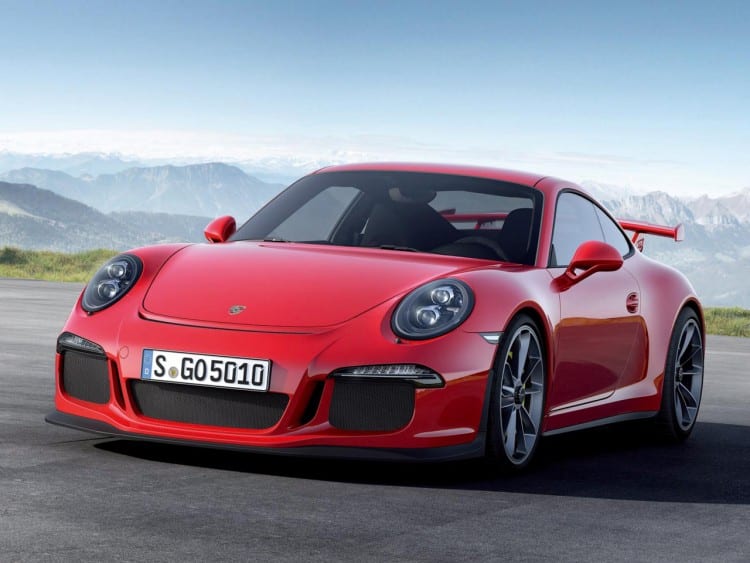
Girls and Cars Wallpaper Free Wallpaper Pics Pictures Hd for Desktop Iphone Mobile HD 1080p

Girls and Cars Wallpaper Free Wallpaper Pics Pictures Hd for Desktop Iphone Mobile HD 1080p

Girls and Cars Wallpaper Free Wallpaper Pics Pictures Hd for Desktop Iphone Mobile HD 1080p
High Definition Car Wallpapers Free Wallpaper Pics Pictures Hd for Desktop Iphone Mobile HD 1080p
High Definition Car Wallpapers Definition
Source (google.com.pk)The Ford Edge is a mid-size crossover SUV (CUV) manufactured by Ford, based on the Ford CD3 platform shared with previous generation Mazda CX-9 and marketed in rebadged form as the Lincoln MKX. The platform is shared with Mazda CX-9 crossover (stretched), the Ford Fusion (formerly), Mercury Milan, and the Lincoln MKZ sedans. But although outwardly similar, the Edge and Ford Explorer do not share platforms nor range in the Ford lineup.
The first generation Edge made its public debut at Detroit's North American International Auto Show in January 2006, with production starting in the October 2006 as a 2007 model, with the first ones reaching dealerships just before December 25, 2006, because of a brief delay in production due to issues with the supplier[citation needed].
The Edge implements Ford's front end design with a three bar chrome grille.
[edit]Trim levels
The SE includes cloth seats, single-zone manual air-conditioning, AM/FM stereo with single-disc CD/MP3 player, and 17" painted aluminum wheels.
The SEL includes unique cloth seats, 6-way power driver's seat, premium AM/FM stereo with 6-disc in-dash CD/MP3 player, leather-wrapped steering wheel with secondary audio controls, and 18" painted aluminum wheels.
The Limited includes leather-trimmed seats, and optionally, 6-way power front passenger fold-flat seat, EasyFold second-row seat back release, dual-zone electronic automatic temperature control, SYNC in-car connectivity system, and 18" premium chrome-clad aluminum wheels. The Limited trim level replaced the SEL Plus in 2008.
The Sport (born 2008) includes leather-trimmed with grey Alcantara suede inserts, reclining 60/40 fold-flat seats with center fold-down armrest, EasyFold second-row seat back release, premium AM/FM stereo with 6-disc in-dash CD/MP3 player, SYNC in-car connectivity system, larger diameter chrome exhaust tips, and 20" premium chrome-clad aluminum wheels. The Sport appearance package for the Ford Edge debuted at the 2008 Chicago Auto Show, with sales beginning as a 2009 model. It came with standard all-body colored trim and 20-inch wheels. 22-inch wheels are an optional factory upgrade.
The Insurance Institute for Highway Safety (IIHS) uses its crash-tested 2007 Edge SEL to demonstrate well-designed crash safety
Safety equipment includes standard dual front airbags, front side-impact airbags, side curtain airbags, anti-lock brakes, traction control, electronic stability control,
High Definition Car Wallpapers Free Wallpaper Pics Pictures Hd for Desktop Iphone Mobile HD 1080p
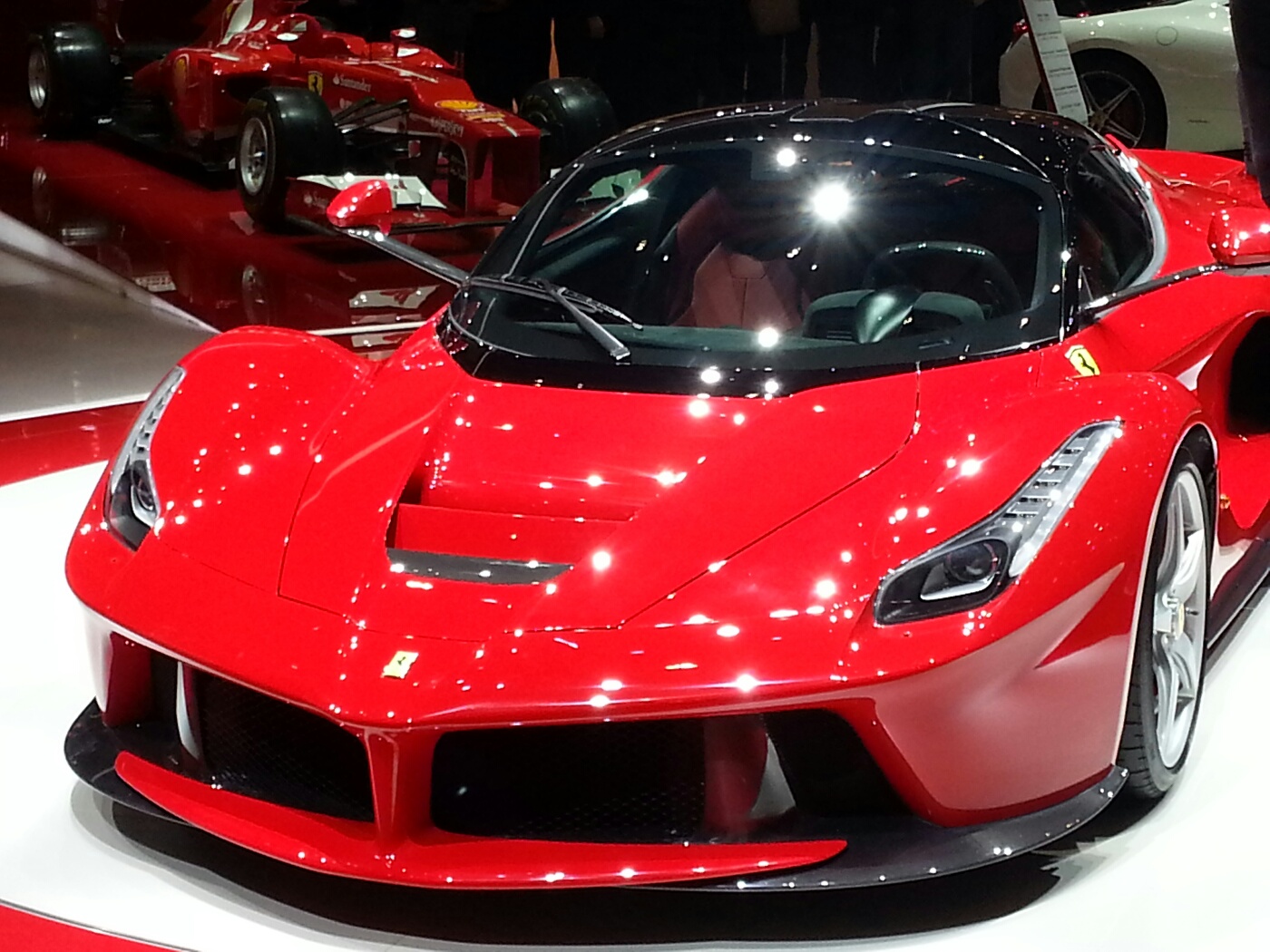
High Definition Car Wallpapers Free Wallpaper Pics Pictures Hd for Desktop Iphone Mobile HD 1080p

High Definition Car Wallpapers Free Wallpaper Pics Pictures Hd for Desktop Iphone Mobile HD 1080p

High Definition Car Wallpapers Free Wallpaper Pics Pictures Hd for Desktop Iphone Mobile HD 1080p

High Definition Car Wallpapers Free Wallpaper Pics Pictures Hd for Desktop Iphone Mobile HD 1080p
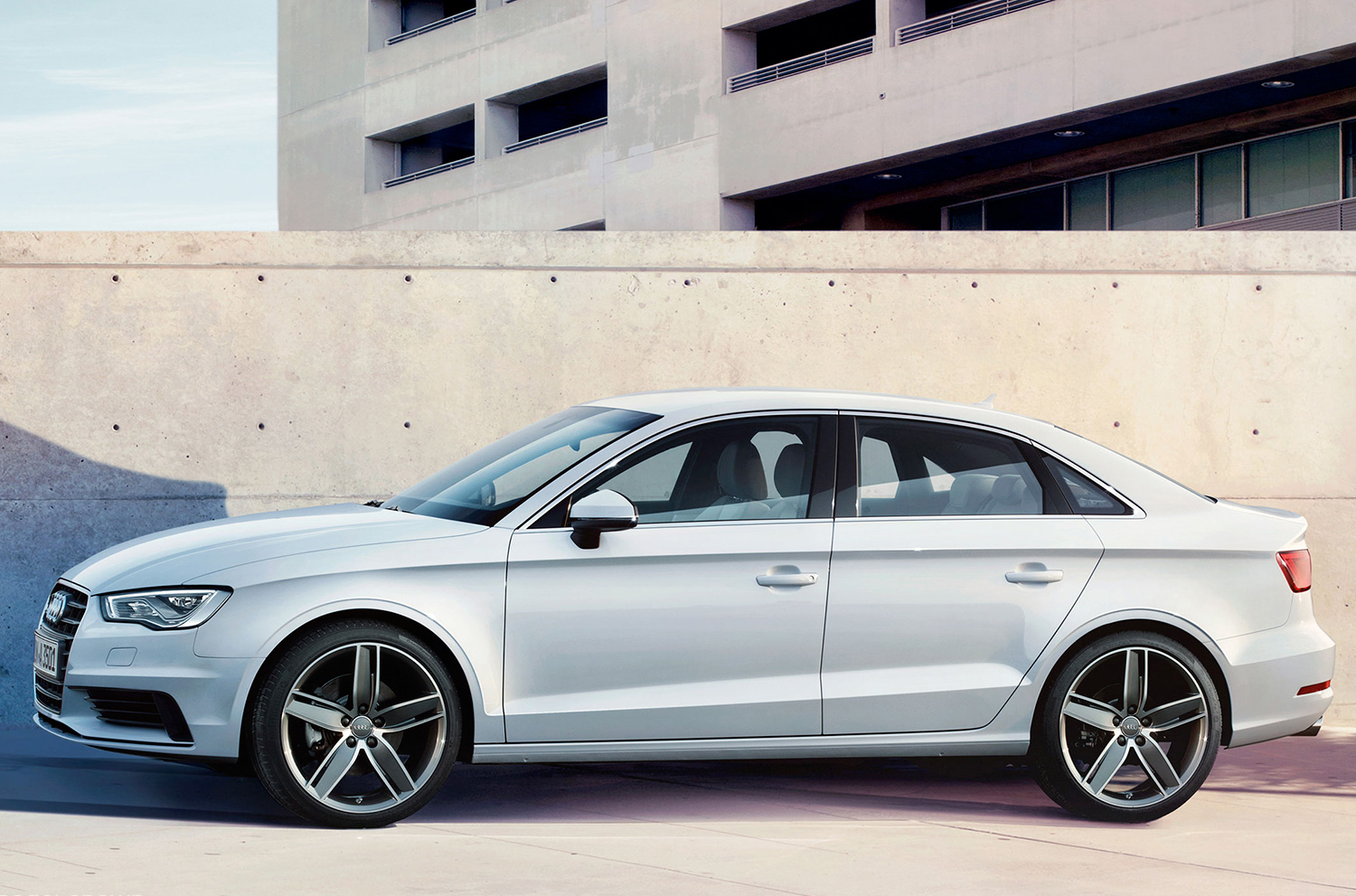
High Definition Car Wallpapers Free Wallpaper Pics Pictures Hd for Desktop Iphone Mobile HD 1080p

High Definition Car Wallpapers Free Wallpaper Pics Pictures Hd for Desktop Iphone Mobile HD 1080p

High Definition Car Wallpapers Free Wallpaper Pics Pictures Hd for Desktop Iphone Mobile HD 1080p

High Definition Car Wallpapers Free Wallpaper Pics Pictures Hd for Desktop Iphone Mobile HD 1080p
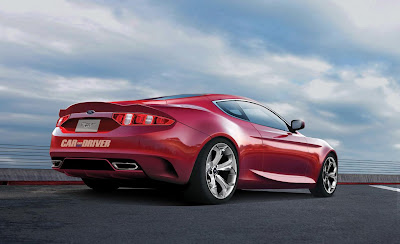
High Definition Car Wallpapers Free Wallpaper Pics Pictures Hd for Desktop Iphone Mobile HD 1080p

High Definition Car Wallpapers Free Wallpaper Pics Pictures Hd for Desktop Iphone Mobile HD 1080p
Classic Cars Wallpaper Free Wallpaper Pics Pictures Hd for Desktop Iphone Mobile HD 1080p
Classic Cars Wallpaper Definition
Source (google.com.pk)The vintage era in the automotive world was a time of transition. The car started off in 1919 as still something of a rarity, and ended up, in 1930, well on the way towards ubiquity. In fact, automobile production at the end of this period was not matched again until the 1950s. In the intervening years, most industrialized states built nationwide road systems with the result that, towards the end of the period, the ability to negotiate unpaved roads was no longer a prime consideration of automotive design.
Cars became much more practical, convenient and comfortable during this period. Car heating was introduced, as was the in-car radio. Four-wheel braking from a common foot pedal was introduced, as was the use of hydraulically actuated brakes. Power steering was also an innovation of this era. Towards the end of the vintage era, the system of octane rating of fuel was introduced, allowing comparison between fuels. In 1923 the gasoline additive Ethyl made its debut at the Indy 500 that resulted in a boost in octane from the 50's to the 80's In the United States drive-in restaurants were introduced as well as suburban shopping centers and motels.
Alfred P. Sloan and Harley Earl of General Motors, and Walter P. Chrysler capitalized on advertising the automobile’s role in the life of the consumer for more than just the utilitarian value compared with the horse. The stock market crash of 1929 started the layoff of automotive workers and many new companies went bankrupt but over two million cars were still produced in 1929 and 1930.[3] Horatio Earle, known as the "Father of good roads" had proposed the government create an Interstate highway system in 1902 and in 1909 built the World's first mile of concrete road on Woodward Avenue in Detroit.
The Federal Aid Road Act of 1916 was the first federal highway act. War and lack of funding hampered any positive results of this act. The Federal Aid Highway Act of 1921 (Phipps Act) started a 50/50 matching fund to states for road building and resulted in the creation of new and improved roads. During this period as well as the car adapting to society, there were better roads, and society began to adapt to the car. Dwight D. Eisenhower participated in the highly publicized Transcontinental Motor Convoy in 1919 and after becoming President the experience influenced the Federal Aid Highway Act of 1956 that included 41,000 miles of highways. The end of World War I brought about the "Depression of 1920-21" with a better than 20 percent inflation rate, a 7 percent Fed discount loan rate, and an 11.7 percent unemployment rate, and many companies went bankrupt and the automotive industry was decimated.From 1920 to 1929, many dramatic changes took place. General Motors went into a financial crisis that lasted until after Alfred Sloan became president in 1923. Hudson produced the Essex in 1919 that, by 1925, had propelled the company to third in total sales behind Ford and Chevrolet.Ford was in the process of building a new plant, buying back stock, and began an 18-month process of tooling-up to replace the Model T with the Model A in 1927. In 1921 Maxwell failed and Walter P. Chrysler, formerly of General Motors, was brought in to reorganize it and, in 1925, the Chrysler Corporation was formed. With Ford out for a period, Chrysler was able to produce and market the low-priced Plymouth in 1928, and bought out the Dodge Brothers, also in 1928, resulting in "The Big Three" more recently known as the "Detroit Three". During this time Britain had six major manufacturers instead of three: Morris, Austin, Standard, Rootes, Ford of Britain, and Vauxhall. There were other automakers that made it past the 1920-1921 depression only to fail during the Great Depression. Among smaller automobile manufacturers was Franklin that produced high-quality luxury cars during the 1919 to 1930 vintage era.Antique automobiles and early to middle era classic cars do not have the safety features that are standard on modern cars. The most rudimentary of safety features, front wheel brakes and hydraulic brakes, began appearing on cars in the 1920s and 1930s respectively. The seat belt, appeared in the sixties and became mandated by federal seat belt legislation in the United States in 1968. However, the merits of adding seat belts to vintage cars is debatable; Chuck Conrad, president of the Des Plaines, Illinois chapter of the Classic Car Club of America stated, "Bolting yourself down to a 70-year-old piece of wood isn't really going to stop anything.". Newer mandated safety features, generally apply to production of vehicles after the laws take effect so vehicles built before any new laws are grandfathered, particularly in the United States.For the average person car collecting is a hobby. A person usually has a fascination with a certain vehicle or a history with one so seeks a certain make or model. Finding an antique car at an affordable price is not hard but can be relatively expensive depending on the condition or the desired end result. The less work required on a vehicle equates to a higher price. The more work required means a cheaper initial cost, but more in the long run, and a person's level of restoration experience plays an important part.Comedian and avid car collector Jay Leno stated, "Any car can be a collector car, if you collect it."Antique car collecting as an investment can be rewarding but most serious investment collectors seek rare or exotic cars and original unmodified cars hold a more stable price. Collecting as an investment requires expertise beyond enthusiast collecting and the standard of quality is far higher as well as a need for investment protection such as storage and maintenance. A short-term investment collector must be able to find a vehicle that has market value that is expected to rise in the foreseeable near future. A long-term investment collector would be less interested in any short-term value seeking to capitalize on an expected value rise over a period of years and a vehicle must have certain intrinsic values that are common to other investors or collectors of both short and long term.Antique vehicles have a higher value according to the rarity that usually (but not always) resulted in some reason for a lack of numbers at production. Certain year and model cars became popular to turn into hot rods thus destroying the original condition. Other models were produced in such quantities that the price is still not inflated. Market trend is an important part in the price of a vintage car. An "almost" original and in perfect shape model A that was abundantly produced can be purchased for $20,000.00.[10] A collector as an investor would have to know the potential market and have a belief that the future market will bring a return on an investment. Many collectors also tend to have a direction or like for certain vehicles that reflects their expertise.
Classic Cars Wallpaper Free Wallpaper Pics Pictures Hd for Desktop Iphone Mobile HD 1080p

Classic Cars Wallpaper Free Wallpaper Pics Pictures Hd for Desktop Iphone Mobile HD 1080p

Classic Cars Wallpaper Free Wallpaper Pics Pictures Hd for Desktop Iphone Mobile HD 1080p

Classic Cars Wallpaper Free Wallpaper Pics Pictures Hd for Desktop Iphone Mobile HD 1080p

Classic Cars Wallpaper Free Wallpaper Pics Pictures Hd for Desktop Iphone Mobile HD 1080p
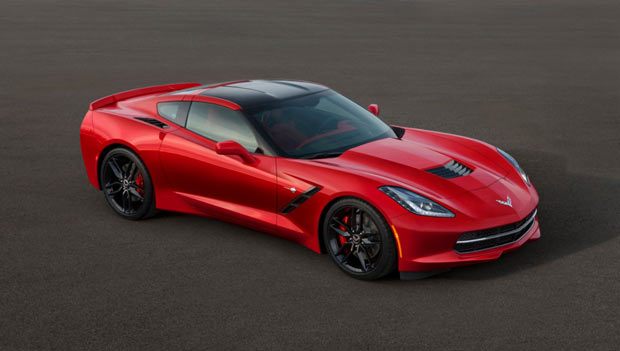
Classic Cars Wallpaper Free Wallpaper Pics Pictures Hd for Desktop Iphone Mobile HD 1080p


Classic Cars Wallpaper Free Wallpaper Pics Pictures Hd for Desktop Iphone Mobile HD 1080p

Classic Cars Wallpaper Free Wallpaper Pics Pictures Hd for Desktop Iphone Mobile HD 1080p

Classic Cars Wallpaper Free Wallpaper Pics Pictures Hd for Desktop Iphone Mobile HD 1080p

Classic Cars Wallpaper Free Wallpaper Pics Pictures Hd for Desktop Iphone Mobile HD 1080p

Classic Cars Wallpaper Free Wallpaper Pics Pictures Hd for Desktop Iphone Mobile HD 1080p
Desktop Themes Free Wallpaper Pics Pictures Hd for Desktop Iphone Mobile HD 1080p
Desktop Themes Definition
Source (google.com.pk)Windows XP themes are customizations of the graphical user interface of Windows XP. Luna, Royale, Zune, and Embedded are official themes designed for Windows XP by Microsoft. Since Windows XP, themes include visual styles.[1] By default, the Luna theme is preinstalled on Windows XP Home and Professional, the Royale (Energy Blue) theme is preinstalled on Windows XP Media Center Edition and the Embedded theme is preinstalled on Windows XP Embedded. All of the themes are compatible with all Windows XP editions. Compared to previous versions of Windows, the new scheme has a larger emphasis on the graphical appeal of the operating system, using bitmaps throughout the interface with rounded edges on each window.[citation needed] Since Luna's introduction, the scheme has been supplemented in Windows XP Media Center Edition 2005 with Royale, and Royale Noir, a Zune-derived edition of the Royale scheme.
Luna (the Moon in Latin, Italian, Spanish, Romanian, Bulgarian, Slovene, Serbian and Russian) is the codename for the default visual theme of Windows XP. Officially known as Windows XP style, the theme is available in three color schemes: Blue (default), olive green, and silver. The code names for these color themes can be observed in the file paths.
Windows Classic
The "Windows classic style" theme is also available in Windows Vista and Windows 7 but must be enabled by the user. Users accustomed to older Windows versions such as Windows 2000 or Windows 98 may find it more comfortable to use. In addition to turning off visualizations, this option also offers relatively better performance and greater color and font customization options. The classic theme is also used for Safe mode and Win32 console windows in Windows XP. Royale (also known as "Media Center style" and the blue color scheme is also known as "Energy Blue") is a GUI art concept produced by Microsoft and introduced in 2004 directed for Windows Media Center desktops and Windows XP Tablet PC Edition Tablet PCs.
It is composed of a new wallpaper (inspired by Windows XP Bliss), a desktop theme and skins. The new Energy Bliss wallpaper is heavily inspired by the original Bliss but now is generated artificially with computer graphics (CG) rendering.
The concept presents a brilliant, relucent, vivid and faux-reflective color scheme with intense blue and green colors, somewhat reminiscent of the default blue Microsoft Office 2003 theme.
Availability
The Energy Blue theme was made originally available in December 2004 and is available for everyone. On April 7, 2005, Microsoft New Zealand made the wallpapers for the New Zealand theme available for download through Windows Genuine Advantage on the Microsoft website. It is possible to install the theme on non-Media Center Editions of Windows XP by manually expanding the installation cabinet file. Due to the freeware nature of this package, it is being delivered on popular download websites already hacked, such as Microsoft also released a Windows Media Player visualization and skin. The skin was released in Experience Pack for Tablet PC and was available for free, but has a closed-install for Windows XP Tablet PC Edition devices. It is also possible to hack the cabinets and get it running for Windows XP. The Royale Noir theme looks like a darkened version of Energy Blue, having a blackish and bluish to purple tint. Royale Noir has a black start button, which changes to green when the mouse hovers over it.
As Royale Noir was leaked and not finalized by Microsoft, it has been noted for some imperfections.
Zune theme
A few weeks after Royale Noir was leaked, Zune was officially released as a new desktop theme to accompany the release of Microsoft's new Zune media player. Just like Royale Noir, Zune appears to be based on the Energy Blue theme. Zune displayed a brown to light shadow style. The Zune theme was the first to include a different color start button from the green XP one or the original grey one from the Classic theme. Notably, this theme is used in Home Depot's POS units.
It is not known whether or not Royale Noir was a beta for Zune.
“Embedded” theme was taken from “Windows Embedded Standard CTP Refresh” edition. It is similar to Energy Blue, featuring a mix of dark blue colors combined with a new wallpaper.
Third-party themes can only be used if the file uxtheme.dll is patched to allow unsigned themes. Patching the file is not sanctioned by Microsoft.[citation needed] Despite this, Microsoft is aware of such a practice and even suggests obtaining a newer revision of the patched uxtheme.dll file in case problems occur after Microsoft's own updates to the file have been applied (typically through an OS service pack).
Desktop Themes Free Wallpaper Pics Pictures Hd for Desktop Iphone Mobile HD 1080p

Desktop Themes Free Wallpaper Pics Pictures Hd for Desktop Iphone Mobile HD 1080p

Desktop Themes Free Wallpaper Pics Pictures Hd for Desktop Iphone Mobile HD 1080p


Desktop Themes Free Wallpaper Pics Pictures Hd for Desktop Iphone Mobile HD 1080p


Desktop Themes Free Wallpaper Pics Pictures Hd for Desktop Iphone Mobile HD 1080p

Desktop Themes Free Wallpaper Pics Pictures Hd for Desktop Iphone Mobile HD 1080p

Desktop Themes Free Wallpaper Pics Pictures Hd for Desktop Iphone Mobile HD 1080p

Desktop Themes Free Wallpaper Pics Pictures Hd for Desktop Iphone Mobile HD 1080p

Desktop Themes Free Wallpaper Pics Pictures Hd for Desktop Iphone Mobile HD 1080p

Desktop Themes Free Wallpaper Pics Pictures Hd for Desktop Iphone Mobile HD 1080p

Desktop Themes Free Wallpaper Pics Pictures Hd for Desktop Iphone Mobile HD 1080p
Subscribe to:
Posts (Atom)







